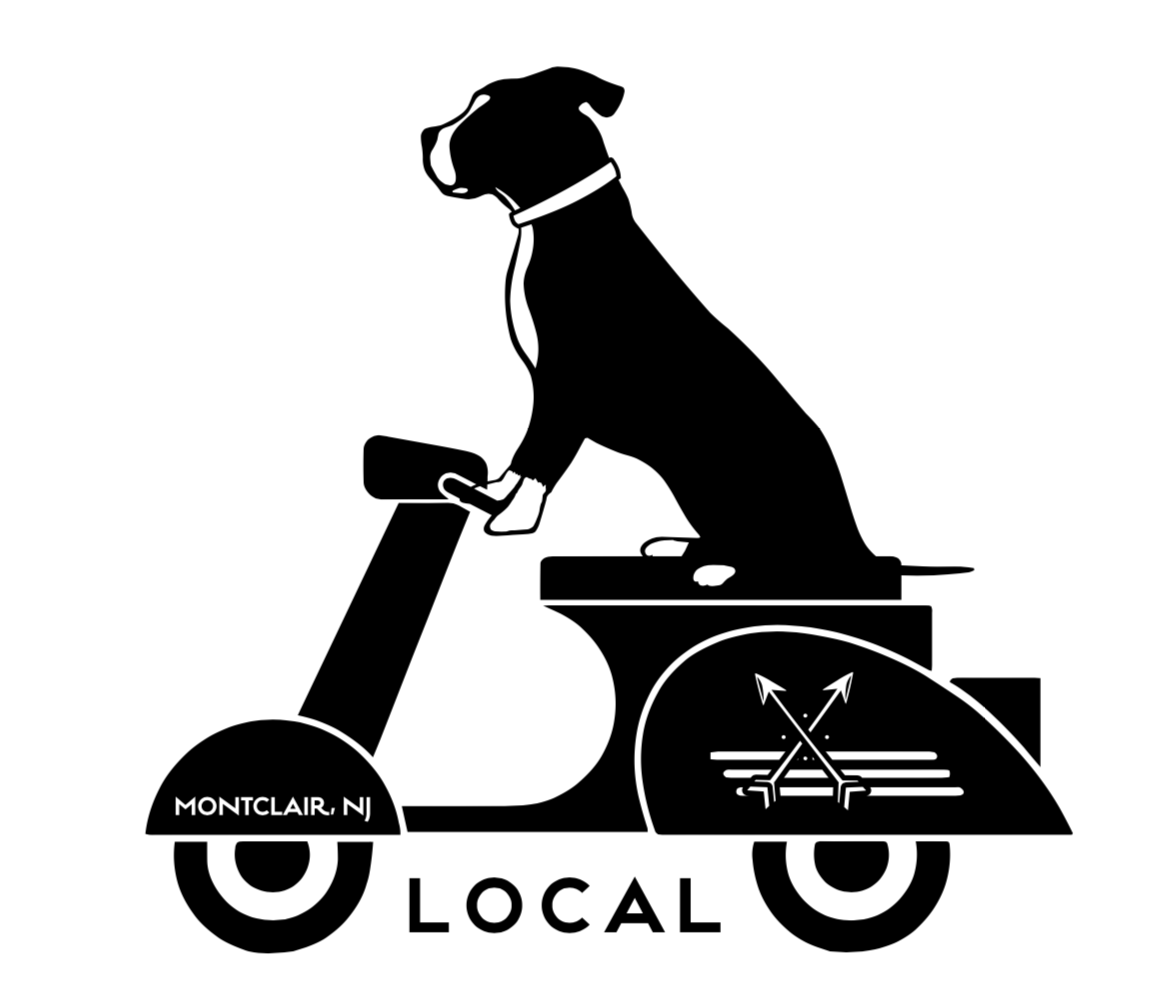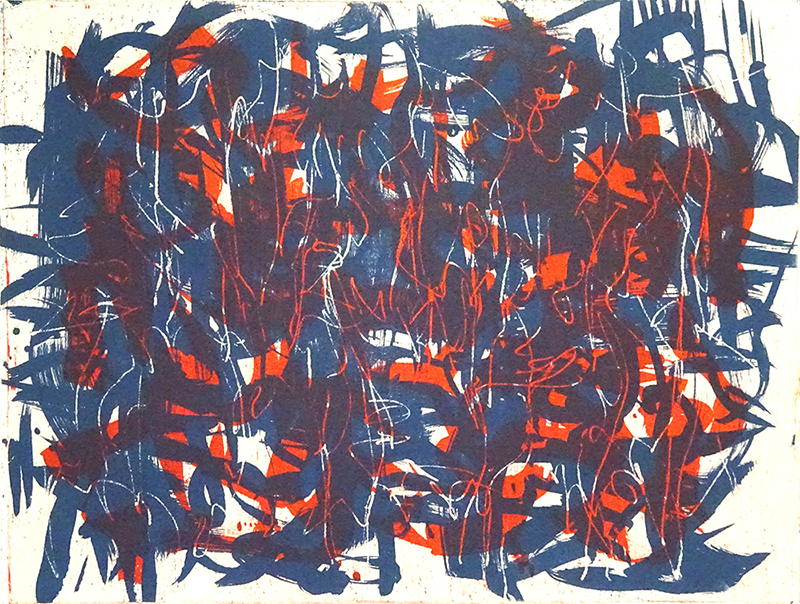So excited to have you up at Local! Thank you for sharing your work with us. Tell us, your artistic approach all stems from your experience with your parents. What was it like to have parents that encouraged this direction?
Thank you for having me! I’m a huge fan of Local and so happy to be there.
My parents were a huge influence because they encouraged all things art. From art lessons and books, to countless museum trips, art was valued and appreciated. My mom is a weaver and she would invite me into her loom-room to talk about design and analyze color. My dad’s interest was photography so he built a dark room in the basement and taught me how to process film and make prints. They also gave me honest, thoughtful feedback about my work which was important. I learned how to listen and figure out what was or wasn’t working.
You have a strong sense of activism in your personal life working on such influential programs like the Million Mom March for Common Sense Gun Laws on the National Mall in Washington DC. How has this mindset worked its way into your art?
I’m motivated by issues of social justice and this past year has magnified the polarization and divisiveness in the United States and around the world. I’ve been working on a number of mixed media pieces on canvas called the “Fence Series” which grew from the debate about building walls. It’s a look at what we love and what we fear, through the perspective of the fences that divide us.
Collage is a recent treatment for your work. It's candidly an area that is a bit of a juxtaposition for me as it seems extremely simple but on the other end - where do you start? So, where do you start and how do you know when it's done?
The process of creating a collage begins with the collection of images that will eventually be used to make it. I have collected thousands of images in an ongoing, obsessive treasure hunt for whatever inspires me. When I’m not ripping up magazines I’m carefully cutting up the
images, creating puzzle pieces. Imagine having a puzzle box with thousands of pieces in it, but without a picture on the cover for guidance as you put it together. I never plan what I’m making. It’s a spontaneous process which makes it fun as well as challenging. I always have several collages going at once because I won’t finish a collage until I find the perfect piece. This can take days, weeks, or even months
You have quite the busy schedule showing locally here in NJ as well as other states but then jump into Europe to show in such richly artistic centers like Berlin. Do you find that your work is interpreted very differently by market?
There is a lot of international interest in collage. To my surprise, Instagram opened doors with exciting opportunities. Through it, I was invited to show in Berlin and also featured in a beautiful book called, “Making the Cut | The World’s Best Collage Artists Vol 1” published in Australia.
What has living in NJ meant to your POV on art and the artistic community?
There’s a large and wonderfully diverse community of artists here and those I have met have been incredibly supportive and inspiring. Montclair has so much to offer for people interested in the arts, including the Montclair Art Museum, the Yard School of Art, and Studio Montclair with its beautiful new space for art shows on Bloomfield Ave. I believe that when you put yourself out there great things can happen, but many of the great things that are happening are because there’s so much interest in the arts here.
Please tell us about the work that you have up at Local?
This is a body of work that grew from my fascination with the surreal. I love the surprise element of the design process and how a collage reveals itself to me as I create it. I try to make art that engages the viewer so they keep looking and try to figure out what’s happening.
What's next? What are you working on presently?
I’m incredibly excited to be collaborating on a new series of mixed media pieces with an LA based internationally renowned photojournalist who focuses on human rights issues.
What’s your favorite coffee or tea beverage?
My favorite coffee is a latte especially when there’s a heart in the foam on top.
www.amyputman.com















